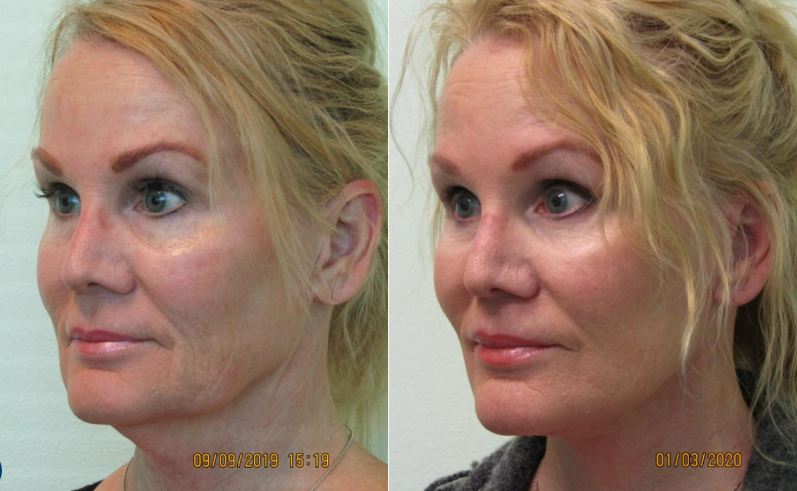
If you have chronic migraine headaches and cannot take other medications, you may be wondering: can you use Aimovig and Botox together? This article will describe the use of these medicines and how to prevent side effects. Botox was also approved by The American Academy of Neurology. Both drugs are approved to be combined for migraine headaches. They can also cause severe side effects.
Side effects from Aimovig
Both Botox (and Aimovig) have been proven to treat chronic migraine headaches. After three months, 40% patients with chronic migraine had fewer headache days. Botox cut headache days by on average 9.2 days per year over 24 weeks compared to non-users. Both are brand names but not available in generic form.
Although side effects of botosx and Aimovig are rare, they can cause serious complications. Even though serious side effects are uncommon, it is important to consult your doctor if you have any concerns. For example, if you have high blood pressure, you may experience an increase in pressure while taking Aimovig. Your doctor may suggest an alternative or alternative treatment if this happens.

Side effects of Botox
You may wonder what you can expect from your injections when you use aimovig. Botox can be administered to patients at the doctor's office every 12 weeks. The procedure includes 31 tiny injections. While Aimovig and Botox work in different ways, they both have similar side effects. Botox injections may help prevent migraines.
There are few side effects associated with botox injections, but the potential for muscle weakness, eyelid ptosis, and neck pain is real. Although these side effects generally disappear after a few months, they can still affect patient compliance. Botox treatment requires that you receive injections approximately every 12 weeks. The injections can be painful, so it is recommended to use a cold compress for several days.
Side effects mAbs of CGRP
Although side effects of CGRP inhibitors have been reported in a few clinical trials, they were not universal. Many patients also had other inflammatory conditions, while some suffered unexpectedly from an exacerbation or worsening of an already existing condition. While some patients were classified as 'at risk', the exact nature of these interactions remains unknown. Due to a lack of information regarding drug-drug interactions, CGRP inhibitors and other inflammatory comorbidities have led to a cautious approach. Physician awareness of this risk group is essential to ensure safety of CGRP inhibitors, and patient registries are needed to identify patients at risk.
CGRP Abs cause severe flares and arthritis. Both psoriasis, and psoriatic disease are characterised by distinct phases. During the initiating period, keratinocytes secrete peptides to inhibit microbes. These peptides stimulate plasmacytoid dendritic and other cells. These stimulate myeloid dendritic cells to mature and differentiate into TH1 and TH17 cells. Activated myeloid cells promote inflammation by moving to lymph nodes.

Side effects of combination therapy
Botox, and Aimovig, are prescription drugs to treat migraine headaches. Aimovig is an intramuscular injection given once every 12 weeks. Both medications can have similar side-effects. Combined, they can cause serious side effects. These drugs can cause serious side effects. Talk to your doctor before you decide to try one of them. You should also learn about the risks involved with each treatment.
Botox, an FDA-approved treatment to treat migraines, is available for adults. It requires at minimum 31 injections. Each three months, it is repeated. While the side effects are rare, temporary muscle weakness or decreased compliance can occur. It affects the release neurotransmitters like CGRP. Combining botox with it can lead to muscle weakness.